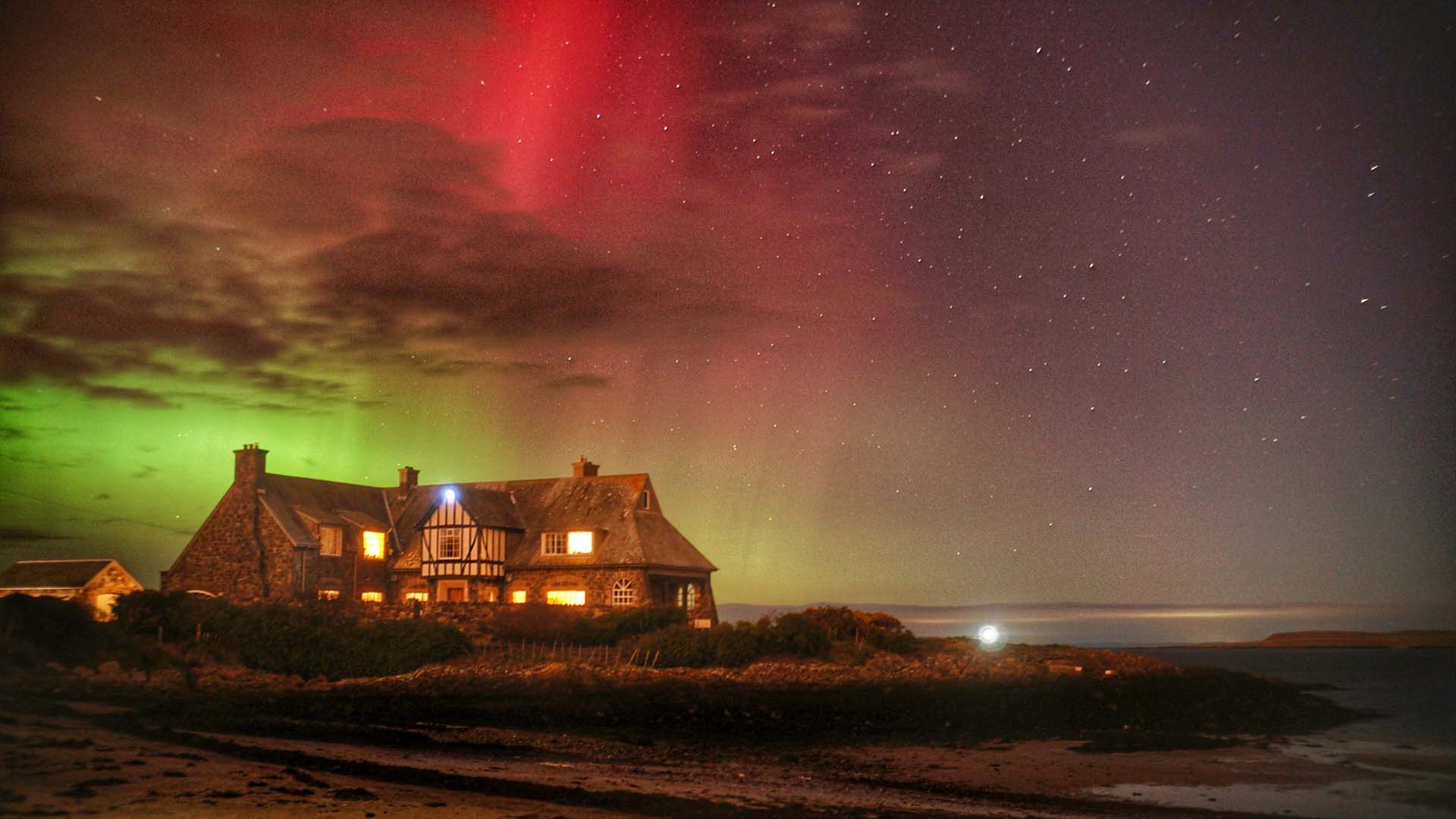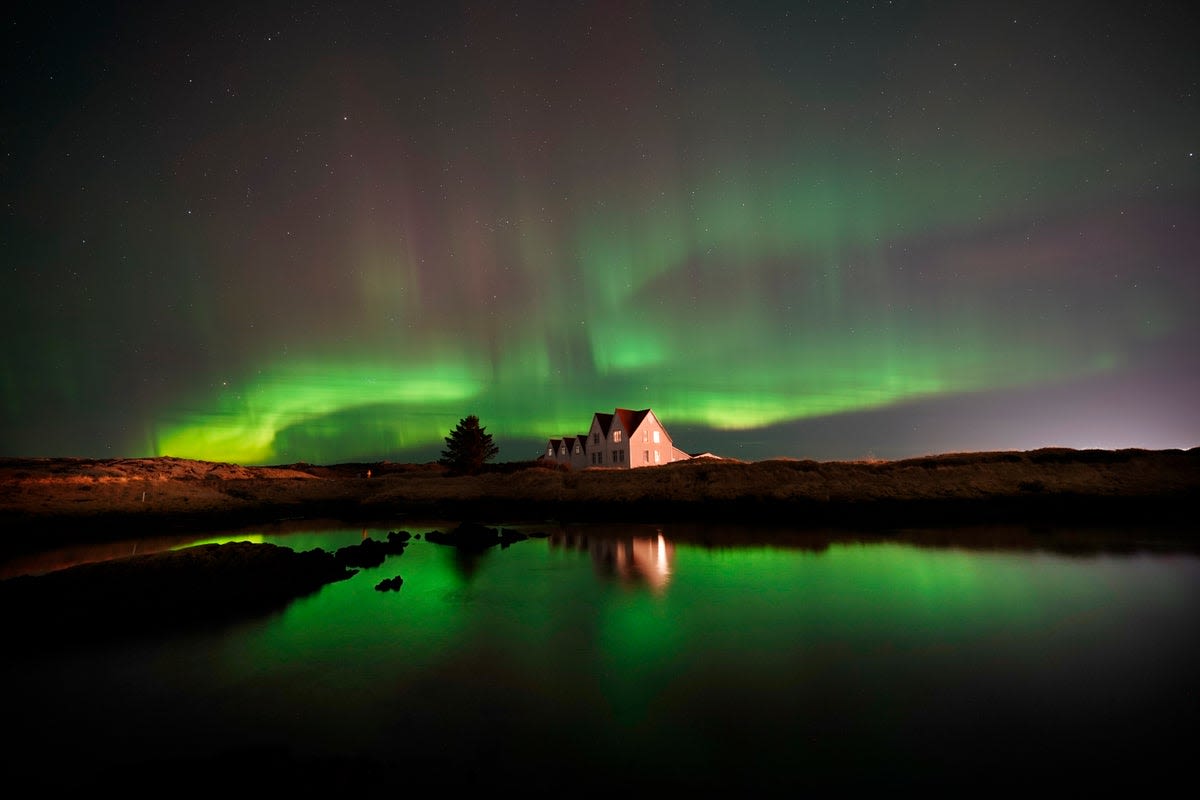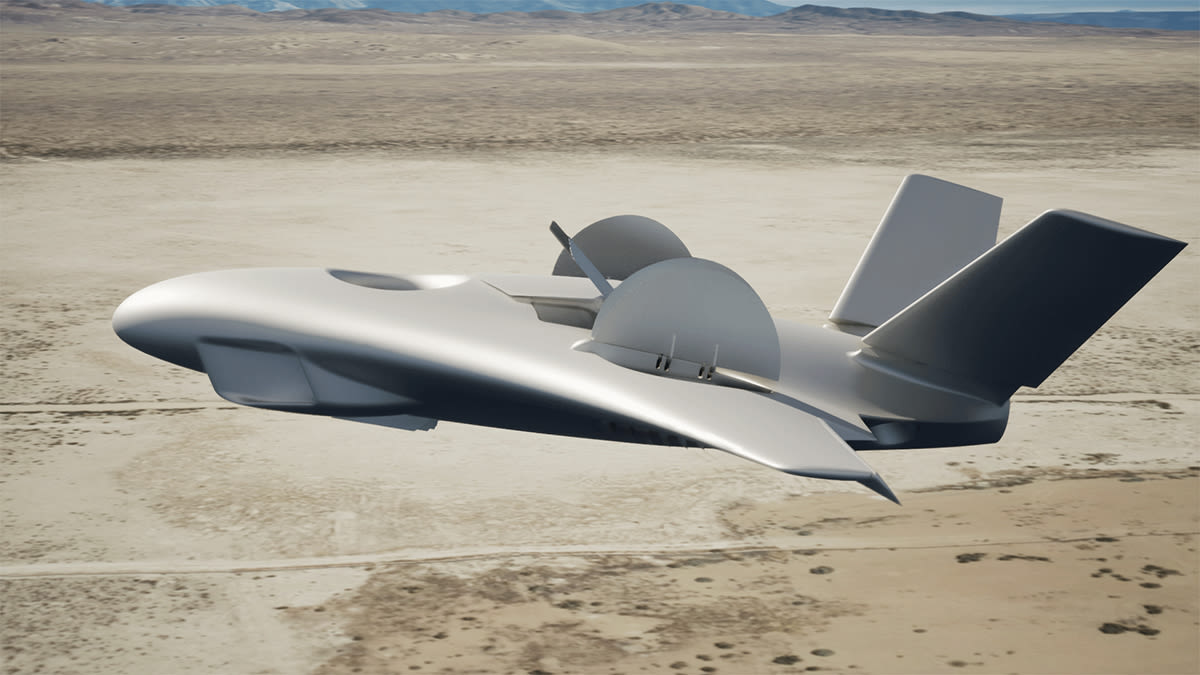Search results
People also ask
What are the aurorae borealis?
What is the science behind the aurora borealis?
Why are the Northern Lights called Aurora Borealis?
Which hemisphere is known as the Northern Lights?
The northern lights, or aurora borealis, are a spectacular, colourful display of light commonly seen in the night sky in the northern hemisphere. Auroras in the southern hemisphere are known as the southern lights, or aurora australis.
- Solar Wind
- Magnetic Field and Rubber Bands
- Massive Electric Currents and The Aurora Borealis
- Global Planetary Index: Aurora Forecasting
- For Further Reading
- More About The Science Behind The Aurora Borealis
- References
The sun constantly emits streams of particles from its atmosphere out into the solar system. This emission is referred to as the solar wind. Sometimes there are solar storms or solar flares, resulting in heavier emissions than normal. If the Earth passes through one of these emissions, then the resulting auroras will be brighter than usual. If the ...
The Earth has a magnetic field surrounding it because of the iron-nickel core at the center of our planet. Understanding this magnet field is essential to understanding the science behind the aurora borealis. The magnetic field exiting from the core is responsible for the magnetic north and south poles we use when we navigate with a compass. It als...
The movement of charged particles in Earth’s magnetic field produces powerful electric currents. In 1859, an aurora and the associated electrical storm were so powerful that people read newspapers at night by its light. Telegraph operations were disrupted as the current produced by the charged particles overwhelmed the normal currents used in the l...
Apps providing forecasts of probable auroras rely on scientific measurement and calculation of changes in the strength of Earth’s magnetic field. Single measurements are tracked as a K-index. An aggregation of the measurement stations is used to produce a Planetary K-index (Kp). The higher the Kp value, the more likely an aurora will appear and the...
If this brief introduction to the northern lights has piqued your interest, you may want to learn more on the internet. A great starting point is NASA Aurora News, with information on auroras, spacecraft, and investigations. You can also read our previous articles on the aurora borealis, and my last article in this series.
Do you want to learn more about aurorae? Check outthis roundup of articles all about the amazing Aurora Borealis, or Northern Lights. Find out what causes them, where to see them, and how photographers capture them. Additionally, here are a few more articles that will help. ALL ABOUT THE AURORA CHASING STEVE: A MYSTERY IN THE NIGHT SKY CITIZEN SCIE...
“Aurora borealis: What causes the northern lights & where to see them.” (2017, October 11). Space.com. Available at https://www.space.com/15139-northern-lights-auroras-earth-facts-sdcmp.html. Lasar, M. (2012, May 2). 1859’s “great auroral storm”—The week the sun touched the earth. Ars Technica. Available at https://arstechnica.com/science/2012/05/1...
News about auroras, geomagnetic storm, solar storm
News about northern lights, Aurora Borealis, solar storm
News about Aurora, veteran, NWSL
News about Volvo, Aurora Innovation, autonomous truck
Mar 19, 2024 · Aurora Borealis, also known as the Northern Lights, is a natural light display that occurs in the Earth’s polar regions. It is a breathtaking phenomenon that features vibrant colors dancing across the night sky, creating a mesmerizing spectacle for those lucky enough to witness it.
Feb 28, 2014 · The Northern Lights - or aurora borealis - appear as bright, swirling curtains of lights in the night sky and range in colour from green to pink and scarlet. The Southern Lights - aurora...



